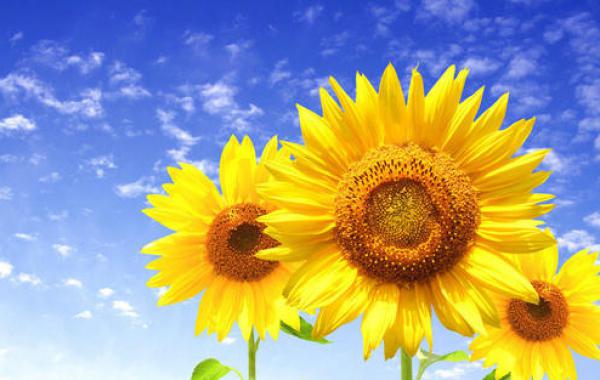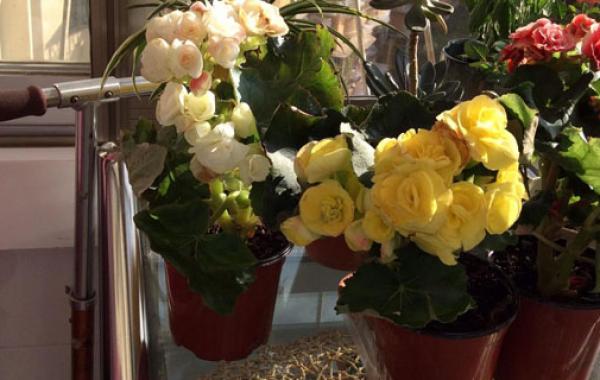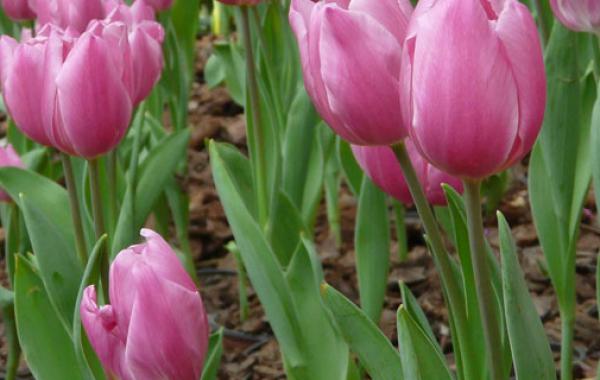How to divide and propagate flowers?

How do flowers divide and reproduce?
Flower division propagation technology essentials:
1. Branching method. Divide the tillers, stems and rhizomes from the mother plant and cultivate them into independent new branches. The period of ramet propagation depends on the flower type, generally spring flowering ramet in the renovation season; autumn flowering ramet in spring. Autumn ramets need to enter dormancy on the ground, underground parts are still in the active period, such as peony, peony, etc.; spring ramets should be carried out before germination, such as hairpin, iris, etc. When dividing plants, perennial flowers, first remove the soil attached to the roots, and then use or sharp knife to separate them according to the natural gap, so that the first small plant after cutting has at least 2-3 buds. Flowers and trees do not need to knock off the mother plant when dividing plants, but can be dug up with a flower shovel, and the young plants can be planted from one side of the rhizosphere. Less damage to root system when dividing plants, so as to survive.
2. Ball division method. This method is mainly used for the propagation of bulbous and spherical flowers. After dormancy, the bulbous root and bulb are divided and dug out from the mother bulb, and cultivated into independent new plants, such as the small bulb of hyacinth, which generally occurs in the base of 4 weeks, and can reach the same size as the mother plant after 4 years of cultivation after separation from the mother bulb; the small bulb of narcissus can grow into a large bulb after 3 years, and the large bulb of tulip can form 2-3 small balls after 1 year, and the small ball can grow into a large ball after 1-2 years of growth. Gladiolus bulbs can form 1-4 large bulbs and produce many small bulbs after one year of growth.
1. Branching method. Divide the tillers, stems and rhizomes from the mother plant and cultivate them into independent new branches. The period of ramet propagation depends on the type of flower, generally spring flowering ramet in the renovation season; autumn flowering ramet in spring. Autumn ramets need to enter dormancy on the ground, and the underground part is still in the active period, such as peony, peony, etc.; spring ramets should be carried out before germination, such as hairpin, iris, etc. When dividing plants, perennial flowers, first remove the soil attached to the roots, and then use or sharp knife to separate them according to the natural gap, so that the first small plant after cutting has at least 2-3 buds. Flowers and trees do not need to knock off the mother plant when dividing plants, but can be dug up with a flower shovel, and the young plants can be planted from one side of the rhizosphere. Less damage to root system when dividing plants, so as to survive.
2. Ball division method. This method is mainly used for the propagation of bulbous and spherical flowers. After dormancy, the bulbous root and bulb are divided and dug out from the mother bulb, and cultivated into independent new plants, such as the small bulb of hyacinth, which generally occurs in the base of 4 weeks, and can reach the same size as the mother plant after 4 years of cultivation after separation from the mother bulb; the small bulb of narcissus can grow into a large bulb after 3 years, and the large bulb of tulip can form 2-3 small balls after 1 year, and the small ball can grow into a large ball after 1-2 years of growth. Gladiolus bulbs can form 1-4 large bulbs and produce many small bulbs after one year of growth.
Related
- What if the leaves of potted flowers turn yellow?
- Florescence Control of several Flowers
- Anti-freezing technology and post-freezing nursing technology of flowers
- What is the classification of flowers? What are the common methods of flower classification?
- Prevention and control of alkali and acid damage of flowers in courtyard
- Technology of Anti-freezing and restoring growth of Flower seedlings in greenhouse and greenhouse
- How does flower fertilization not hurt the root? Fertilization technology of flowers
- Key points of disinfection in flower greenhouse
- Several pesticides that are banned or used cautiously in flowers
- How to fertilize the flowers that watch the leaves?



